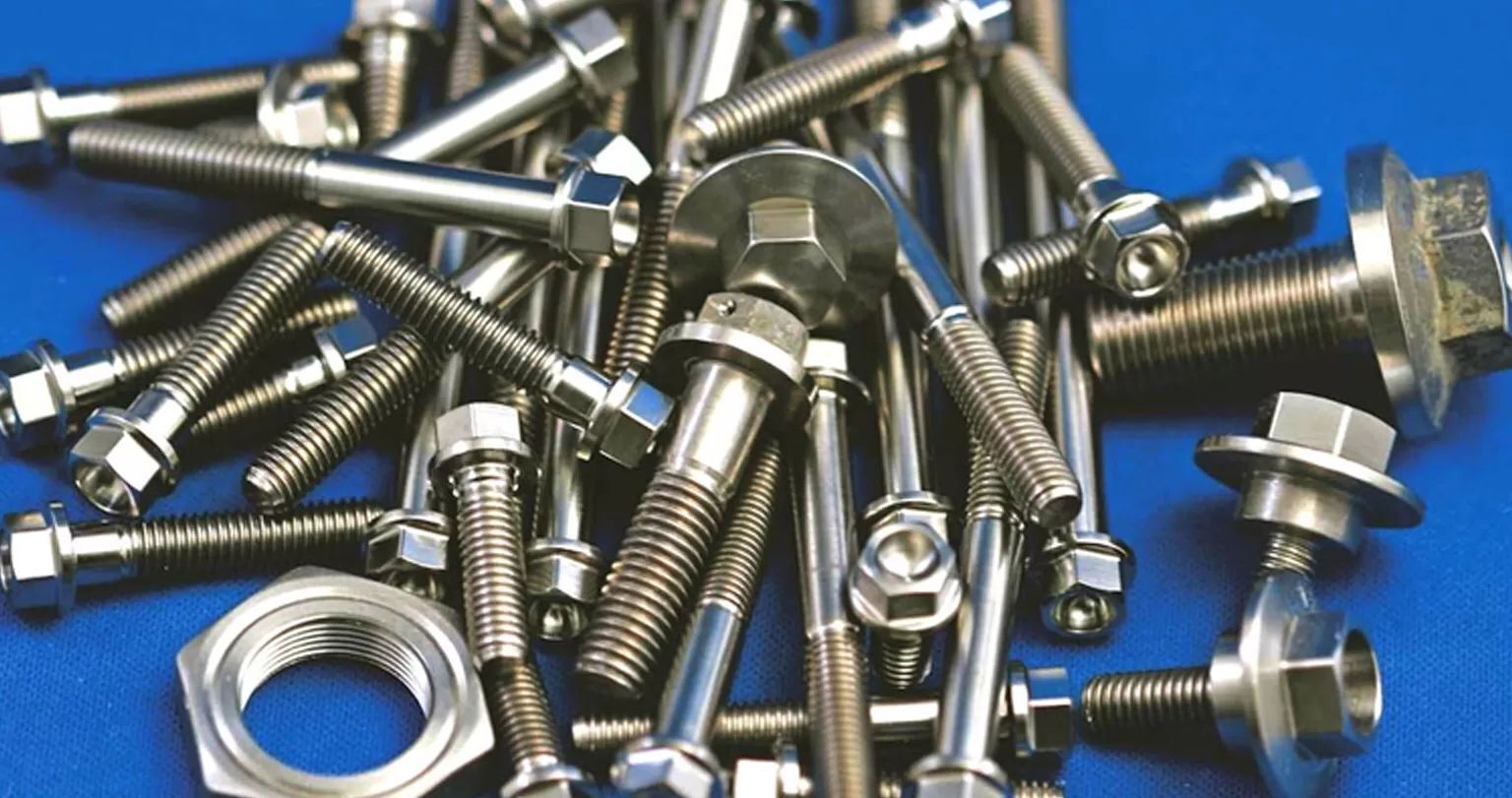
Alloy 28, also known as Sanicro 28, is a versatile material with a wide range of applications. But what makes this alloy so special? It's a high-alloy austenitic stainless steel known for its excellent resistance to corrosion, especially in harsh environments. This makes it a popular choice in industries like oil and gas, chemical processing, and even desalination plants. Its unique composition includes elements like chromium, nickel, and molybdenum, which contribute to its durability and strength. Whether you're a student, engineer, or just curious, understanding the properties and uses of Alloy 28 can be incredibly beneficial. Ready to learn more? Let's dive into 30 fascinating facts about this remarkable material!
Key Takeaways:
- Alloy 28 (Sanicro 28) is a super tough stainless steel alloy that fights off corrosion like a superhero. It's used in chemical processing, oil and gas, and marine applications because it's so strong and resistant to harsh environments.
- The secret to Alloy 28's power lies in its chemical composition, which includes nickel, chromium, iron, molybdenum, and copper. These elements work together to make it super tough and resistant to all kinds of acids and corrosion.
What is Alloy 28 (Sanicro 28)?
Alloy 28, also known as Sanicro 28, is a highly versatile stainless steel alloy. It's known for its exceptional resistance to corrosion and high strength. This makes it a popular choice in various industries, including chemical processing, oil and gas, and marine applications.
- Alloy 28 is a nickel-iron-chromium alloy with additions of molybdenum and copper.
- Developed to withstand harsh environments, it offers excellent resistance to both oxidizing and reducing acids.
- The alloy's high nickel content provides superior resistance to chloride-induced stress corrosion cracking.
- Molybdenum enhances its resistance to pitting and crevice corrosion.
- Copper additions improve resistance to sulfuric acid and other reducing environments.
Chemical Composition of Alloy 28
Understanding the chemical makeup of Alloy 28 helps explain its impressive properties. Each element plays a crucial role in its performance.
- Nickel content ranges from 30-34%, contributing to its corrosion resistance.
- Chromium is present at 26-28%, offering protection against oxidation.
- Iron makes up the balance, providing structural integrity.
- Molybdenum content is around 3-4%, enhancing resistance to localized corrosion.
- Copper is added at 0.6-1.4%, improving performance in reducing acids.
Applications of Alloy 28
Due to its robust properties, Alloy 28 is used in various demanding applications. Its versatility makes it a go-to material in many industries.
- Widely used in the chemical processing industry for handling aggressive chemicals.
- Employed in the oil and gas sector for downhole tubing and other components exposed to harsh environments.
- Utilized in marine applications due to its excellent resistance to seawater corrosion.
- Found in heat exchangers, where it withstands both high temperatures and corrosive fluids.
- Used in flue gas desulfurization systems to combat acidic gases.
Mechanical Properties of Alloy 28
The mechanical properties of Alloy 28 make it suitable for high-stress applications. Its strength and durability are key factors in its widespread use.
- Tensile strength typically ranges from 650-850 MPa, ensuring it can handle significant stress.
- Yield strength is around 300-400 MPa, indicating its ability to withstand deformation.
- Elongation at break is approximately 40%, showing good ductility.
- Hardness is measured at around 200 HB, providing a balance between toughness and wear resistance.
- Impact strength remains high even at low temperatures, making it reliable in various conditions.
Corrosion Resistance of Alloy 28
One of the standout features of Alloy 28 is its exceptional corrosion resistance. This makes it ideal for use in environments where other materials might fail.
- Resists corrosion in both oxidizing and reducing acids, including sulfuric and phosphoric acids.
- Performs well in chloride-containing environments, reducing the risk of stress corrosion cracking.
- Withstands pitting and crevice corrosion, even in the presence of chlorides and other aggressive ions.
- Maintains integrity in seawater, making it suitable for marine applications.
- Effective in environments with high temperatures and pressures, such as those found in oil and gas extraction.
Fabrication and Welding of Alloy 28
Fabricating and welding Alloy 28 requires specific techniques to maintain its properties. Proper handling ensures the material performs as expected in its final application.
- Can be hot or cold worked, but requires intermediate annealing to maintain its properties.
- Welding should be performed using matching filler materials to avoid compromising corrosion resistance.
- Post-weld heat treatment is recommended to restore the alloy's mechanical properties.
- Machining Alloy 28 requires tools designed for high-strength materials to avoid excessive wear.
- Surface treatments, such as pickling and passivation, enhance its corrosion resistance after fabrication.
Final Look at Alloy 28
Alloy 28, also known as Sanicro 28, stands out due to its corrosion resistance, high strength, and versatility. Used in industries like oil and gas, chemical processing, and power generation, it handles extreme environments with ease. Its nickel, chromium, and molybdenum composition ensures durability and longevity, making it a reliable choice for demanding applications.
Understanding these 30 facts about Alloy 28 helps appreciate its role in modern engineering and manufacturing. Whether dealing with acidic environments or high-pressure systems, this alloy proves its worth time and again. Its unique properties make it indispensable for many critical applications.
So, next time you encounter a challenging project, consider Alloy 28. Its proven track record and exceptional characteristics might just be the solution you need.
Frequently Asked Questions
Was this page helpful?
Our commitment to delivering trustworthy and engaging content is at the heart of what we do. Each fact on our site is contributed by real users like you, bringing a wealth of diverse insights and information. To ensure the highest standards of accuracy and reliability, our dedicated editors meticulously review each submission. This process guarantees that the facts we share are not only fascinating but also credible. Trust in our commitment to quality and authenticity as you explore and learn with us.
